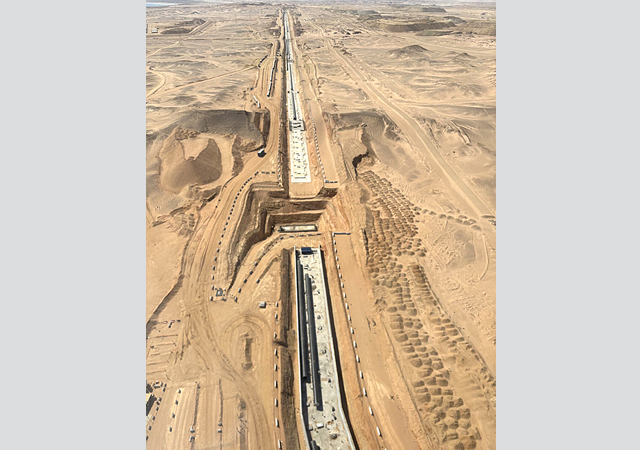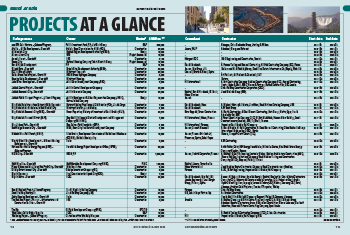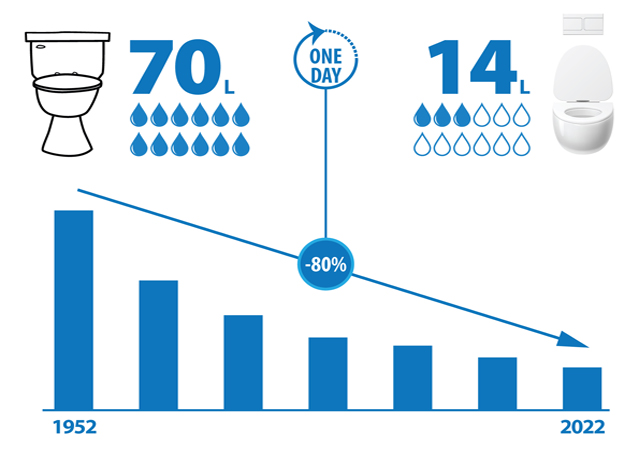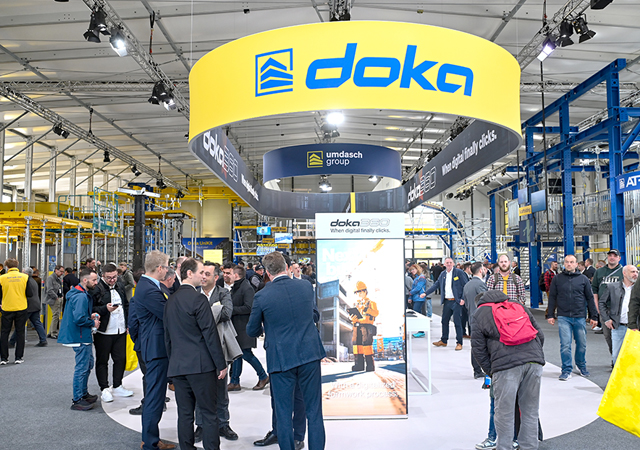
 Figure 1: Key Agile methodologies.
Figure 1: Key Agile methodologies.
The construction sector is no stranger to the terms “agile” and “agility”. In recent years, there has been a strong drive to pitch agile approaches as a silver bullet answer to the industry’s numerous issues. Agile, a software development approach, has been marketed in construction for its emphasis on flexibility, waste reduction, fostering stakeholder collaboration, and a commitment to continuous improvement as a strategy to streamline operations and mitigate potential delays.
Most Agile techniques (Figure 1) revolve around the concept of iterative and incremental development, emphasising the need for transparent communication, feedback loop, and the rapid, frequent delivery of value to clients. Unlike conventional approaches, Agile promotes increased autonomy and team-based management, leading to a flatter organisational structure.
Contrary to popular belief, Agile techniques have a long history in construction. The Sydney Opera, built in the 1970s, is an early example. This project began with a traditional waterfall technique before transitioning to Agile due to a variety of factors. Since then, several projects, including mixed-use buildings, railways, skyscrapers, and nuclear power facilities, have incorporated Agile practices.
However, despite the alignment of Agile’s theoretical objectives with the challenges encountered in the industry, several case studies and news reports have shed light on significant difficulties faced by construction projects that adopted Agile. Notable issues, including project delays and cost overruns, have led organisations to re-evaluate the overall feasibility of Agile implementation.
Nevertheless, before making any judgments on this re-evaluation, let’s delve into the fundamental causes of the challenges encountered by Agile in construction, establish realistic expectations, and investigate potential strategies for professionals to consider when applying Agile.
Complex nature
The construction industry is inherently complex. One major factor contributing to complexity is the presence of a wide range of stakeholders with differing backgrounds and interests. These stakeholders often have conflicting perspectives, making it arduous to demonstrate the application and benefits of Agile to every party involved.
In addition, construction projects typically adhere to a sequential and inflexible process flow heavily influenced by strict procedures. Also, limited innovation, inadequate communication infrastructure, and time-constrained and inflexible budget limitations further impede the practicality of implementing highly adaptable phased value delivery or frequent changes, as advocated by Agile.
Role of the client
In construction, the client assumes a central and influential role that extends well beyond defining project objectives. Clients, in many cases, are involved in specifying technical details, execution methods, the allocation of resources, and sometimes even influencing workflow. This extremely bureaucratic atmosphere contradicts the core principles of Agile, which promote minimal supervision, avoiding prolonged procedures, empowering team members to tailor their methods, and using their own KPIs to achieve project goals.
 |
|
Figure 2: The 12 Agile principles. |
From my own experience, in projects that planned to adopt Agile approaches, these contradictions frequently resulted in a departure from the initial commitment to adhere to the Agile principles (see Figure 2). Shortly after project commencement, clients or their representatives often found themselves unprepared to navigate this unfamiliar mindset, leading them to gradually revert to traditional management methodologies.
Again, the vast reach of construction stakeholders and supply chains presents additional obstacles for non-ready clients when seeking to integrate everyone’s work processes within the project’s schedules that are often constrained.
Edge of know-how
Low motivation, frequent employee turnover, and the temporary nature of projects have created a widespread lack of training and personal development opportunities, and serve as barriers to the adoption of modern approaches and automated solutions, impeding the sector’s growth.
Insufficient training in Agile principles has not only resulted in missed optimisation opportunities but also significant cost overruns and delays in projects where Agile was mandated. In reality, clients and successful bidders often rush to embrace Agile approaches without ensuring systems and resources readiness. This oversight results in a longer time to sort out the issue, more disputes, and ultimately, projected higher expenses.
Resistance to change
In some construction conglomerates, including those I’ve worked with, Agile training spans different levels and includes suppliers and subcontractors. Nonetheless, the persistent question for top-management is always why their firms continue to face challenges in executing Agile projects effectively.
This dilemma is thought to be justified by the deeply embedded hierarchical structure and strict adherence to organisational cultures, which generally prevent open interaction and collaboration among stakeholders. The multitude of procedures derived from methodologies in use for the past half-century presents significant obstacles to adoption efforts, frequently resulting in resistance to change.
Regulatory and size challenges
Unlike IT, for instance, in construction, internal and external regulations can vary depending on a wide range of factors, such as geographical location, clients, or even between projects of the same type. This variability can hinder efforts to achieve steady adoption and understanding of new methodologies.
Project size also often plays an additional role. Typically, large-scale projects require substantial investments in communication infrastructure and team coordination, making Agile implementation costly, time-consuming, and risky. To grasp the extent of such a challenge, let’s imagine the massive effort required to align Agile communication and decision-making processes for a mega project like Burj Khalifa, which once involved over 12,000 staff from 100+ nations and 60+ key contractors.
Navigating the path ahead
Traditional project management methodologies, defined by strict linear processes and time-centric control, are increasingly perceived by construction professionals as adding unnecessary complexity and inhibiting industry innovation. Thus, embracing agility within the industry provides an opportunity to underline the need to investigate alternatives to current approaches.
The following methods are suggested to bring the sector closer to agility:
Hybrid models
While Agile methodology has proven to be efficient in IT, using the exact techniques without taking into account industry or project-specific variables may sound naive. Next, it’s essential to realise that Agile is a collection of methodologies, each with its own set of flexible sub-techniques. Therefore, professionals may consider an implementation strategy by tailoring methodologies to their specific requirements and strategically merging them with existing approaches to build unique hybrid models for a smooth transition and greater value addition.
For instance, in a project in Saudi Arabia, the project team successfully utilised Kanban’s work-in-progress limitation principles. I instructed section engineers to visually divide jobs into “backlogs”, “in progress,” and “completed”. Visualising/emphasising the importance of completed activities over those in progress fostered a collaborative environment among section heads, resulting in higher productivity rates. The team further used visual aids such as BMI, pictures, graphs, and models to avoid overwhelming our team with numerical data, which increased communication and hastened feedback.
To enhance efficiency and resource allocation, the project manager has been directed to shift from traditional, lengthy, and resource-intensive weekly meetings to more scalable, frequent ones. Reflecting the principles of retrospectives and adaptive planning in Agile, meeting attendees are selected based on their roles pertaining to client-defined, value-added priorities.
Gradual Implementation
In construction, complexity heightens with factors like project size, type, and the number of resources and suppliers. Based on my two decades of experience, I have gained a key insight regarding the complexity of projects: complex, larger projects often favour traditional methods over Agile. Agile excels in projects with budgets ranging from $5 million to $15 million and teams of up to 1,000 individuals. From a technical point of view for instance, it is most effective in water projects when applied to containerised facilities, supporting an iterative operational model that improves satisfaction and operational efficiency by allowing interaction of the client’s operators during staged deliveries.
Even within the context of megaprojects, professionals may still recognise the advantages of Agile approaches, especially in cases involving low-profile structures. Consider the Cove at Atlantis in Dubai, UAE, where project phases and iterative development give various advantages.
Early handovers not only increase the client’s financial capabilities but also promote regular interaction between the all project stakeholders, allowing them to undertake frequent assessments and promptly alter the scope to correspond to the end-customer’s needs and to mitigate the inherent risks associated with rework/variation orders.
Consequently, when choosing the fit methodology’s recipes, the project’s characteristics must be carefully analysed. It’s critical to realise that firms don’t have to wait for a project to start thinking Agile. Instead, the agility needs to gradually emerge, as it requires long-term training and development at both organisational and individual levels.
Conclusion
While Agile may not be a universal solution for all challenges in the construction industry, it can certainly improve project deliveries and achieve better outcomes. This can be achieved by adopting strategic and systematic approaches, such as understanding agile principles and applications, implementing effective change management, and evaluating the appropriateness of agile methodologies for projects with varying characteristics.
* Haitham Khader Almsaeed is Head of MENA Projects at a German-based engineering firm.










 BIG.jpg)

.jpg)

























.jpg)












